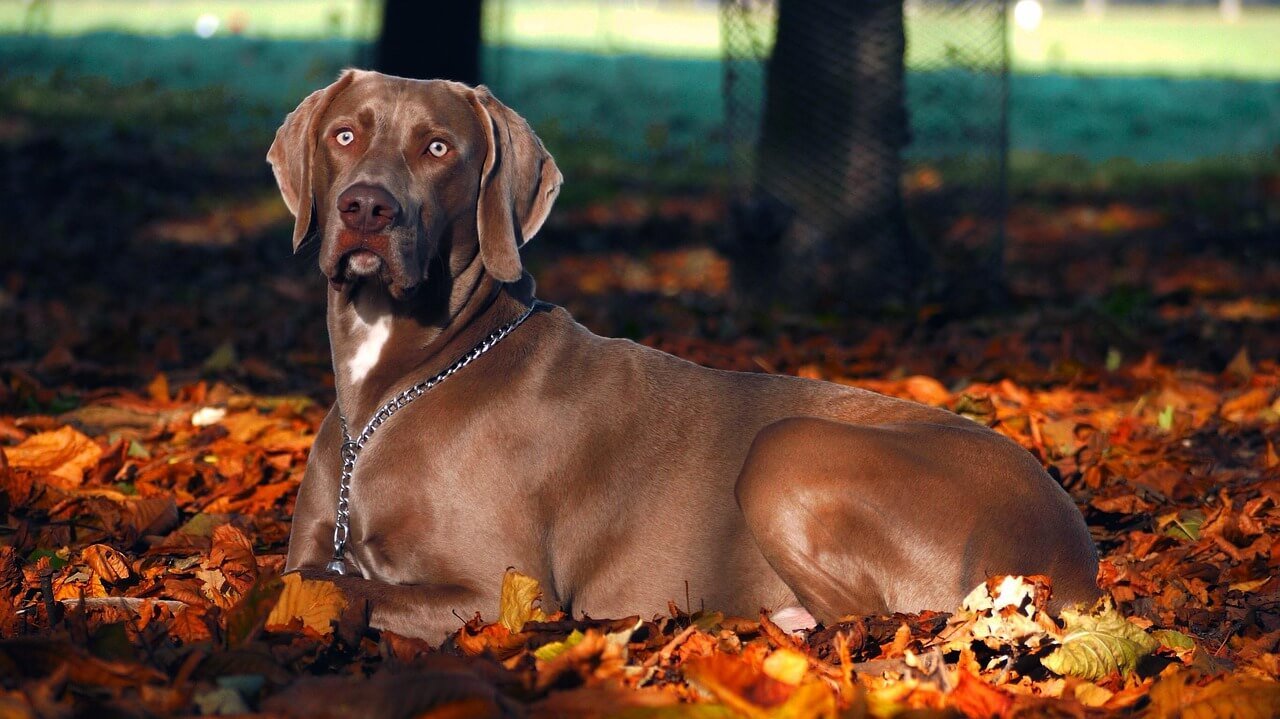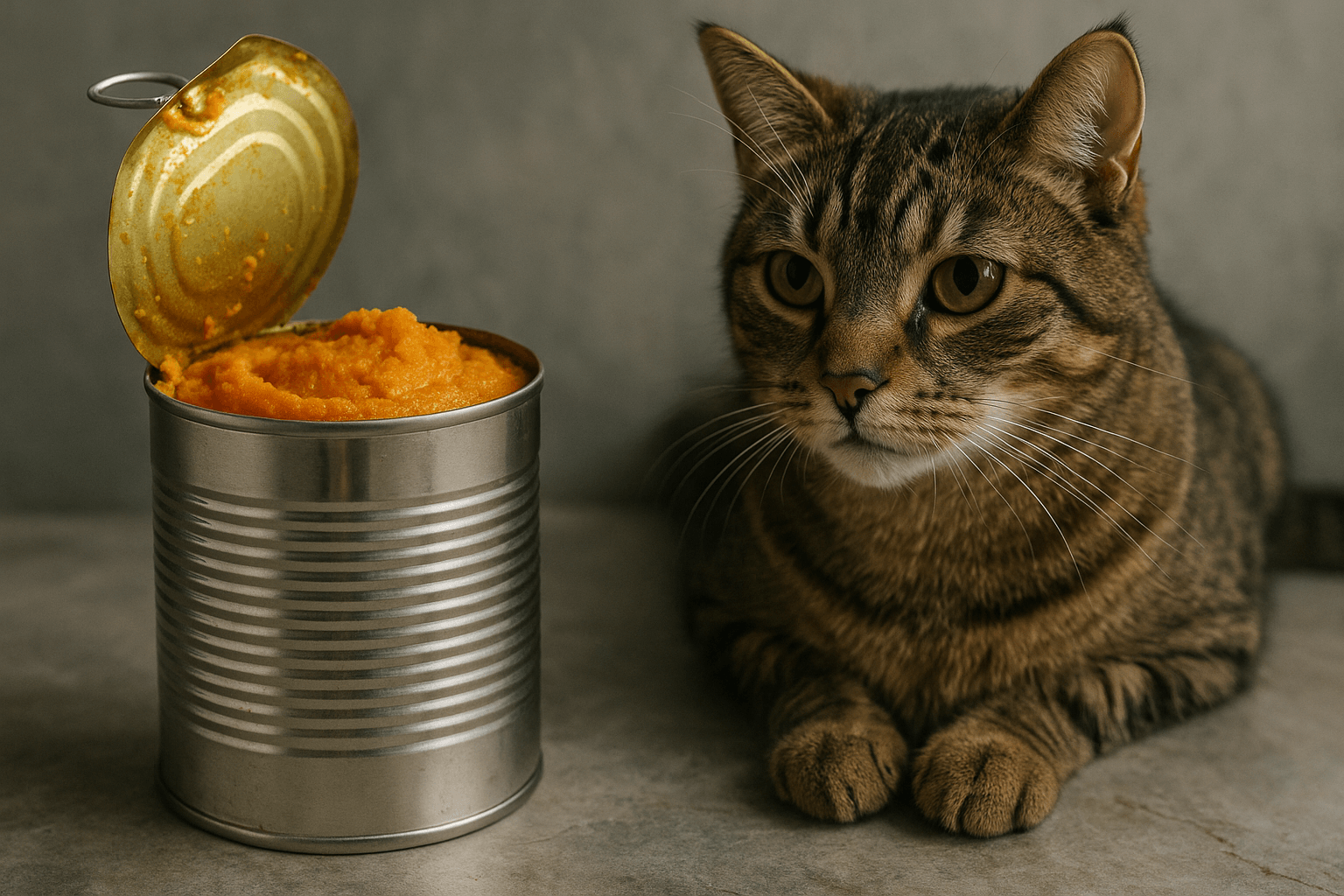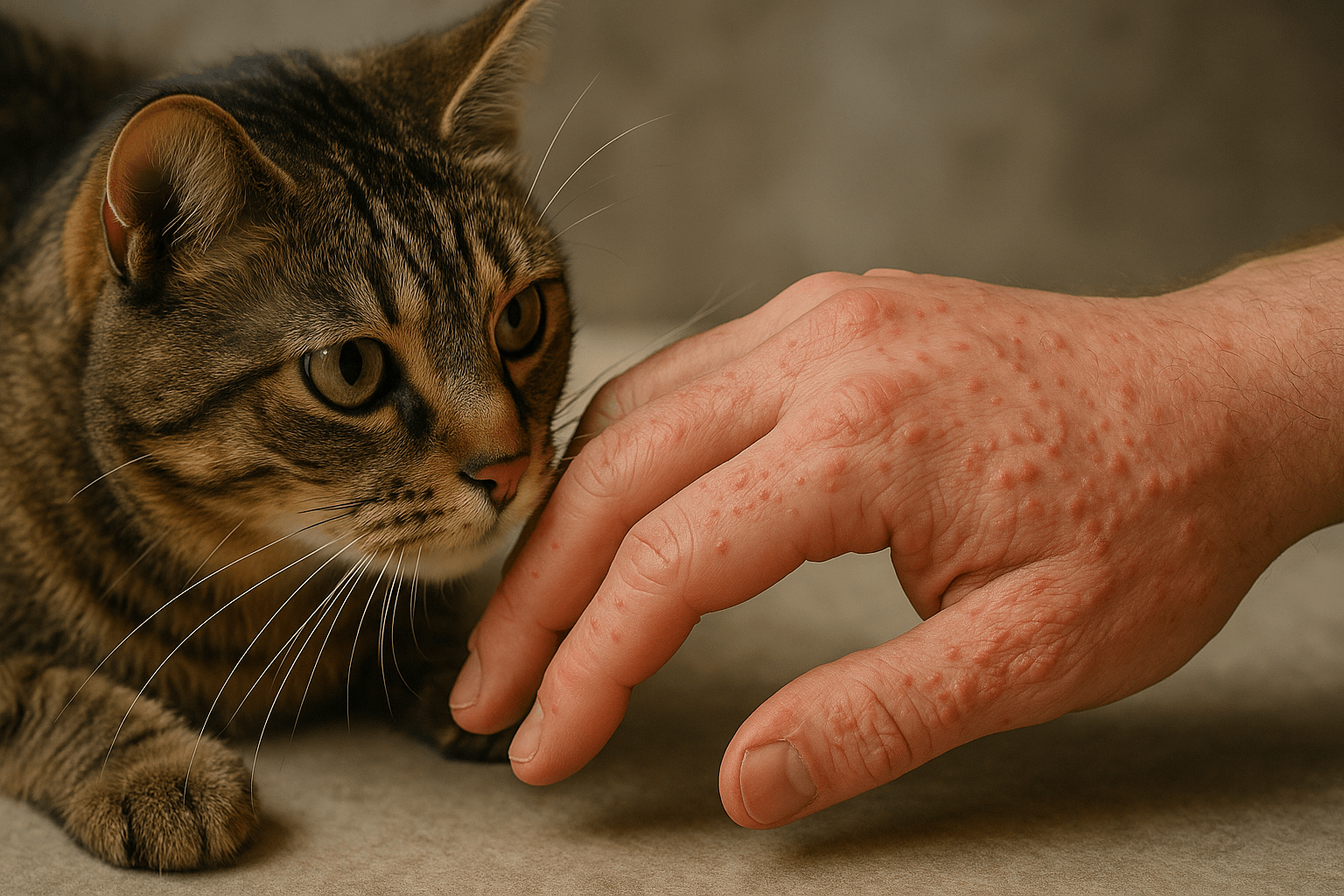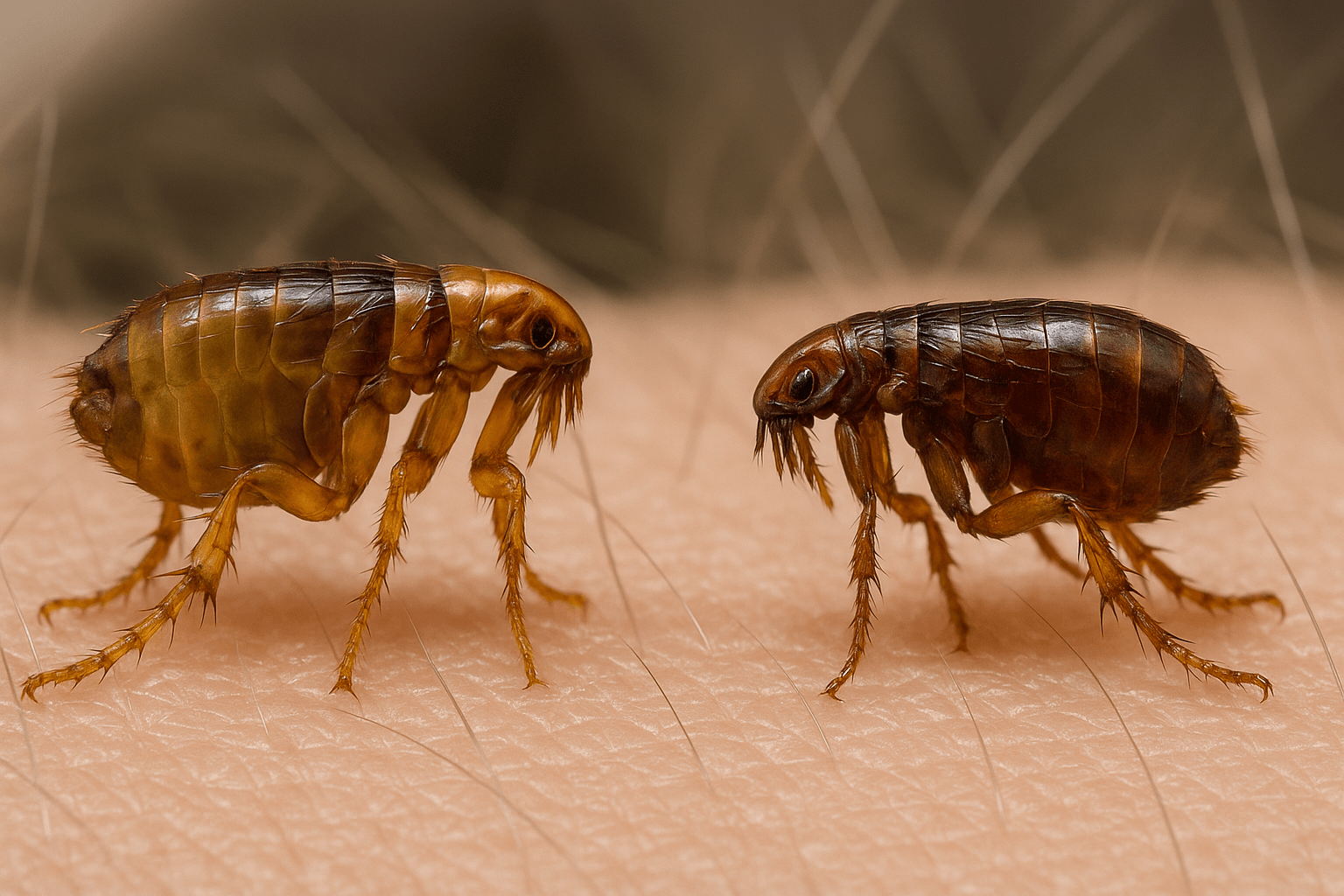Can Dogs Eat Vanilla Wafers? What You Need to Know
If you’ve ever found yourself enjoying a plate of vanilla wafers and wondered if your furry friend could join in, you’re not alone. Many dog owners are curious about whether certain human foods, like vanilla wafers, are safe for their canine companions. While dogs can eat some human foods in moderation, others may pose health risks. In this blog post, we’ll explore the question, “Can dogs eat vanilla wafers?” and provide you with all the information you need to make an informed decision about sharing this sweet treat with your pup.
What Are Vanilla Wafers Made Of? Breaking Down the Ingredients
Before deciding whether vanilla wafers are safe for your dog, it’s important to understand what they’re made of. Vanilla wafers typically contain a mix of ingredients that may or may not be suitable for canine consumption. Here’s a breakdown of the common components:
Flour:
The base ingredient in vanilla wafers is usually wheat flour, which is generally safe for dogs unless they have a wheat allergy.Sugar:
High sugar content is a concern for dogs, as it can lead to weight gain, dental issues, and even diabetes over time.Vanilla Extract:
Pure vanilla extract contains alcohol, which is toxic to dogs. However, imitation vanilla often uses artificial flavoring instead.Butter or Shortening:
These fats add flavor and texture but can upset a dog’s stomach if consumed in large amounts.Salt:
Excessive salt intake can lead to dehydration or sodium ion poisoning in dogs.
While some of these ingredients are harmless in small amounts, others could pose risks if fed regularly or in large quantities. It’s essential to consider your dog’s individual dietary needs before offering them vanilla wafers.
Potential Risks of Feeding Vanilla Wafers to Dogs
Although vanilla wafers might seem harmless at first glance, there are several potential risks associated with feeding them to your dog. Here’s what you need to watch out for:
High Sugar Content:
Too much sugar can lead to obesity, tooth decay, and other long-term health issues in dogs.Artificial Additives:
Many vanilla wafer brands include artificial flavors, colors, or preservatives that can irritate a dog’s digestive system.Allergies or Sensitivities:
Some dogs may be allergic to wheat or dairy, both of which are commonly found in vanilla wafers.Toxic Ingredients (e.g., Alcohol):
If the vanilla extract contains alcohol, even small amounts can be harmful to dogs.Upset Stomach:
Rich or fatty foods like vanilla wafers can cause vomiting, diarrhea, or pancreatitis in sensitive dogs.
Understanding these risks will help you decide whether sharing vanilla wafers with your dog is worth it. Always prioritize your pet’s health over indulging their cravings.
Check this guide 👉Can Dogs Eat Vanilla Cake? Best 7 Health Tips!
Check this guide 👉Can Vanilla Ice Cream Kill a Dog? Best 7 Expert Tips!
Check this guide 👉Can Dogs Eat Pancakes? Best 7 Health Tips!
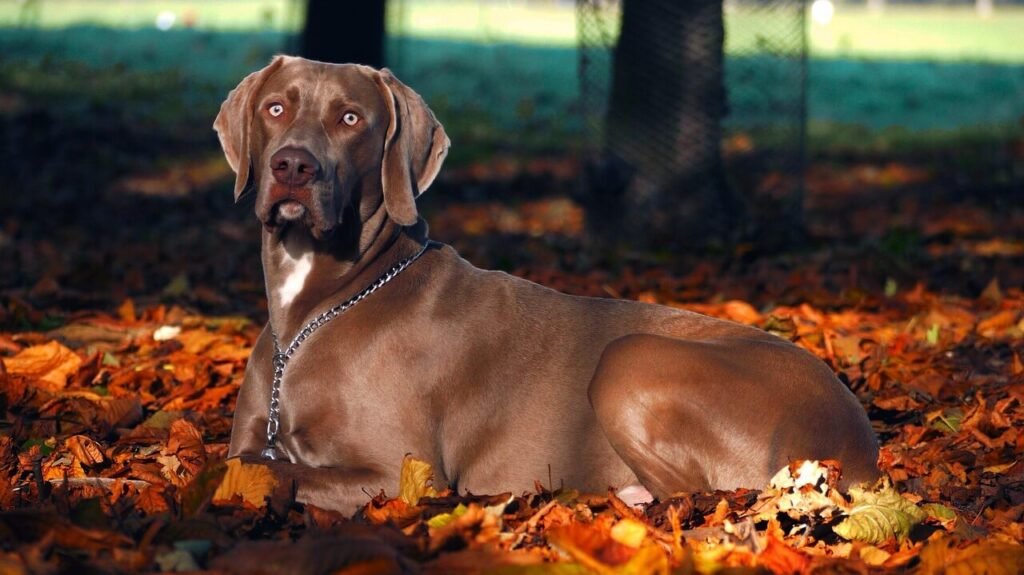
Safe Ingredients in Vanilla Wafers | Harmful Ingredients in Vanilla Wafers |
|---|---|
Flour (unless wheat-allergic) | High sugar content |
Natural vanilla flavor (alcohol-free) | Artificial additives |
Small amounts of butter | Excessive salt |
Minimal baking powder | Alcohol-based extracts |
Plain, unflavored varieties | Fatty fillings or coatings |
Alternatives to Vanilla Wafers for Your Dog
If you’re looking for safer treats to share with your dog, there are plenty of alternatives that won’t compromise their health. Here are some dog-friendly options to consider:
Homemade Dog Treats:
Make your own treats using simple, wholesome ingredients like peanut butter, oats, and bananas.Fruit-Based Snacks:
Offer small pieces of apple, blueberries, or watermelon (seedless) as a refreshing alternative.Plain Rice Cakes:
A low-calorie, crunchy snack that most dogs enjoy without any added sugars or fats.Carrot Sticks:
Crunchy and nutritious, carrots are an excellent source of vitamins and fiber for dogs.Dog-Specific Cookies:
Purchase or bake cookies specifically formulated for dogs, ensuring they contain no harmful ingredients.
These alternatives provide healthier ways to spoil your dog while keeping their well-being in mind. Remember, moderation is key when introducing new snacks into their diet.
Signs Your Dog May Have Eaten Something Harmful
Even if you take precautions, accidents happen. If your dog accidentally consumes vanilla wafers or another unsafe food, knowing the signs of distress can help you act quickly. Here’s what to look for:
Vomiting or Diarrhea:
These are common symptoms of gastrointestinal upset caused by inappropriate foods.Lethargy or Weakness:
A sudden lack of energy could indicate toxicity or illness from harmful ingredients.Excessive Drooling:
This may suggest nausea or irritation in the mouth or throat.Loss of Appetite:
Refusal to eat can signal discomfort or pain after consuming something unsafe.Difficulty Breathing:
In severe cases, respiratory issues could arise from ingesting toxic substances.
If you notice any of these signs, contact your veterinarian immediately. Early intervention can prevent complications and ensure your dog stays healthy.
Tips for Choosing Safe Human Foods for Dogs
When considering sharing human food with your dog, it’s important to know which items are safe and nutritious. Here are some tips to guide you:
Stick to Whole Foods:
Fresh fruits, vegetables, and lean proteins are generally safer than processed snacks.Avoid Sugary Treats:
Candy, pastries, and desserts often contain too much sugar for dogs.Check for Allergens:
Common allergens like wheat, dairy, and nuts can trigger adverse reactions in some dogs.Portion Control Matters:
Even safe foods should be given in moderation to avoid weight gain or digestive upset.Consult Your Vet:
When in doubt, ask your veterinarian for guidance on safe human foods for your dog.
Following these tips will help you make smarter choices about sharing human food with your pup.
Signs Your Dog Likes a New Treat
Introducing new treats to your dog’s diet can be exciting, but how do you know if they truly enjoy them? Here are some signs to look for:
Excited Behavior:
Wagging tails, jumping, or barking often indicate enthusiasm for a new snack.Quick Consumption:
If your dog gobbles up the treat eagerly, it’s likely a hit.Returning for More:
A dog who begs or waits patiently for another piece clearly enjoys the treat.Positive Body Language:
Relaxed posture and happy facial expressions show approval.No Negative Reactions:
Absence of vomiting, diarrhea, or lethargy confirms the treat is well-tolerated.
These signs will help you determine whether a new treat is a winner or worth skipping.
Fun Ways to Reward Your Dog Without Food
Rewarding your dog doesn’t always have to involve food. Here are some creative, non-food-based ways to show your appreciation:
Playtime Sessions:
A game of fetch or tug-of-war is a great way to bond and reward good behavior.Extra Walks:
Taking your dog on an extra-long walk provides physical exercise and mental stimulation.Verbal Praise:
Dogs love hearing kind words and encouragement from their owners.Grooming Time:
Brushing your dog’s coat or giving them a gentle massage can feel like a special treat.New Toys:
Introducing a new toy keeps things exciting and rewards curiosity and playfulness.
These alternatives ensure your dog feels loved and rewarded without relying on food-based treats.
Frequently Asked Questions About Dogs and Vanilla Wafers
Can I give my dog just one vanilla wafer?
While a single piece is unlikely to harm most dogs, it’s best avoided due to high sugar and potential artificial additives.
Are gluten-free vanilla wafers safe for dogs?
Gluten-free options eliminate wheat concerns but still contain sugar and fat, making them less than ideal.
What should I do if my dog eats a whole box of vanilla wafers?
Monitor for symptoms of distress and consult your vet promptly, especially if your dog has underlying health conditions.
Can puppies eat vanilla wafers?
Puppies have more sensitive digestive systems, so it’s best to avoid giving them vanilla wafers altogether.
How can I train my dog not to beg for human food?
Consistent training, positive reinforcement, and providing appropriate dog treats can reduce begging behavior.
Final Thoughts: Prioritize Your Dog’s Health Over Treats
While vanilla wafers might be tempting to share with your dog, it’s crucial to prioritize their health and well-being over indulging their cravings. Understanding the ingredients, risks, and safer alternatives ensures you’re making informed choices about your pet’s diet. Remember, a happy and healthy dog doesn’t need sugary snacks to feel loved—plenty of affection, exercise, and proper nutrition go a long way. By keeping harmful foods off the menu, you’re setting your furry friend up for a lifetime of happiness and vitality.
Canned Pumpkin for Cat Diarrhea: Best 7 Expert Tips! Natural remedy to firm stools, soothe upset bellies, and support gut health safely.
Can a Cat Give You Scabies? Best 7 Expert Tips! Discover the truth about feline mites, human skin risks, and how to protect yourself—without panic.
Cat Flea vs Human Flea: Best 7 Expert Tips! Discover the truth about bites, species, and how to eliminate infestations for good.
Weird Cat Behaviors: Best 7 Expert Tips! Discover why cats do strange things—and how to understand, not punish, their instincts for a happier home.

